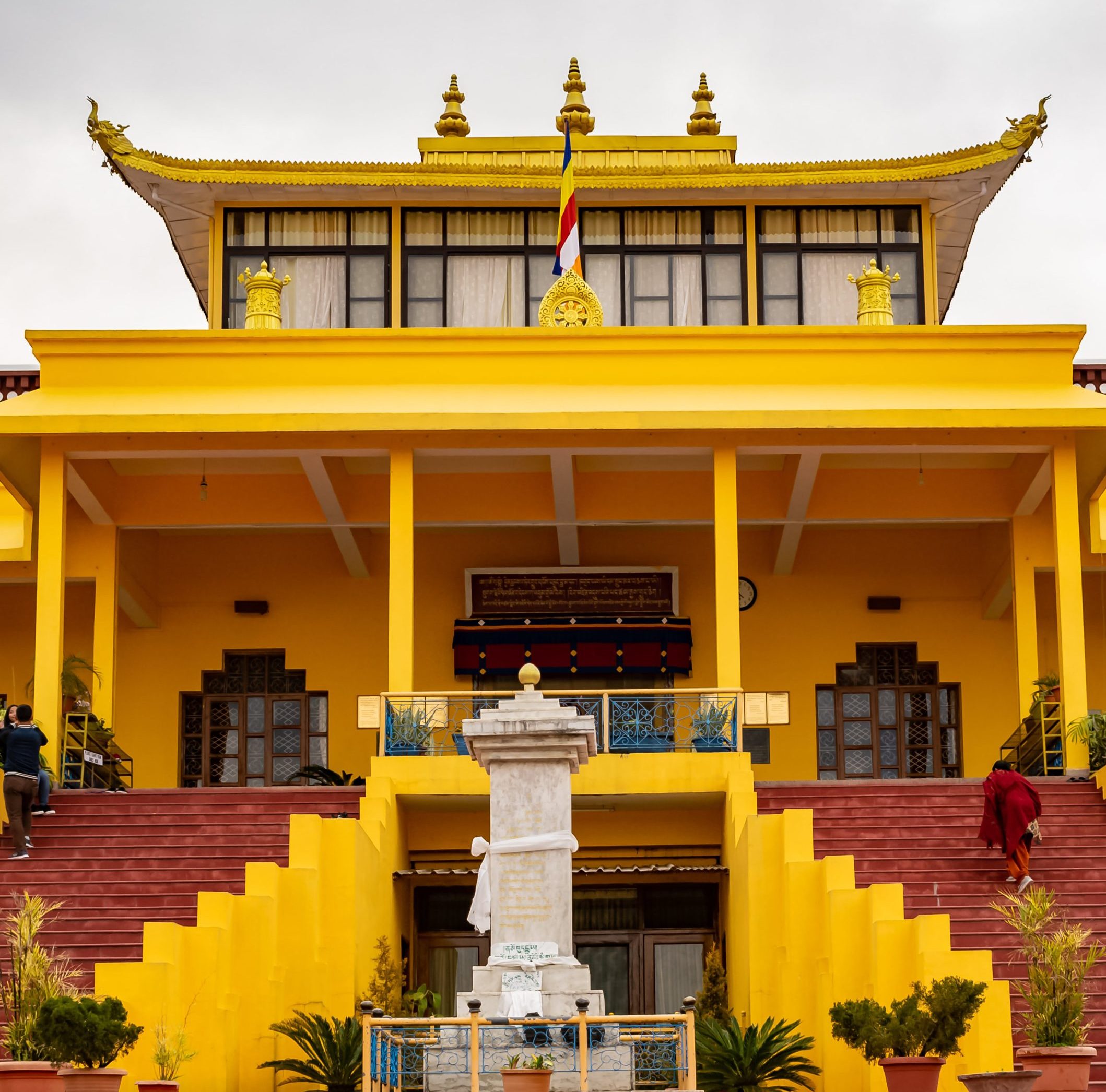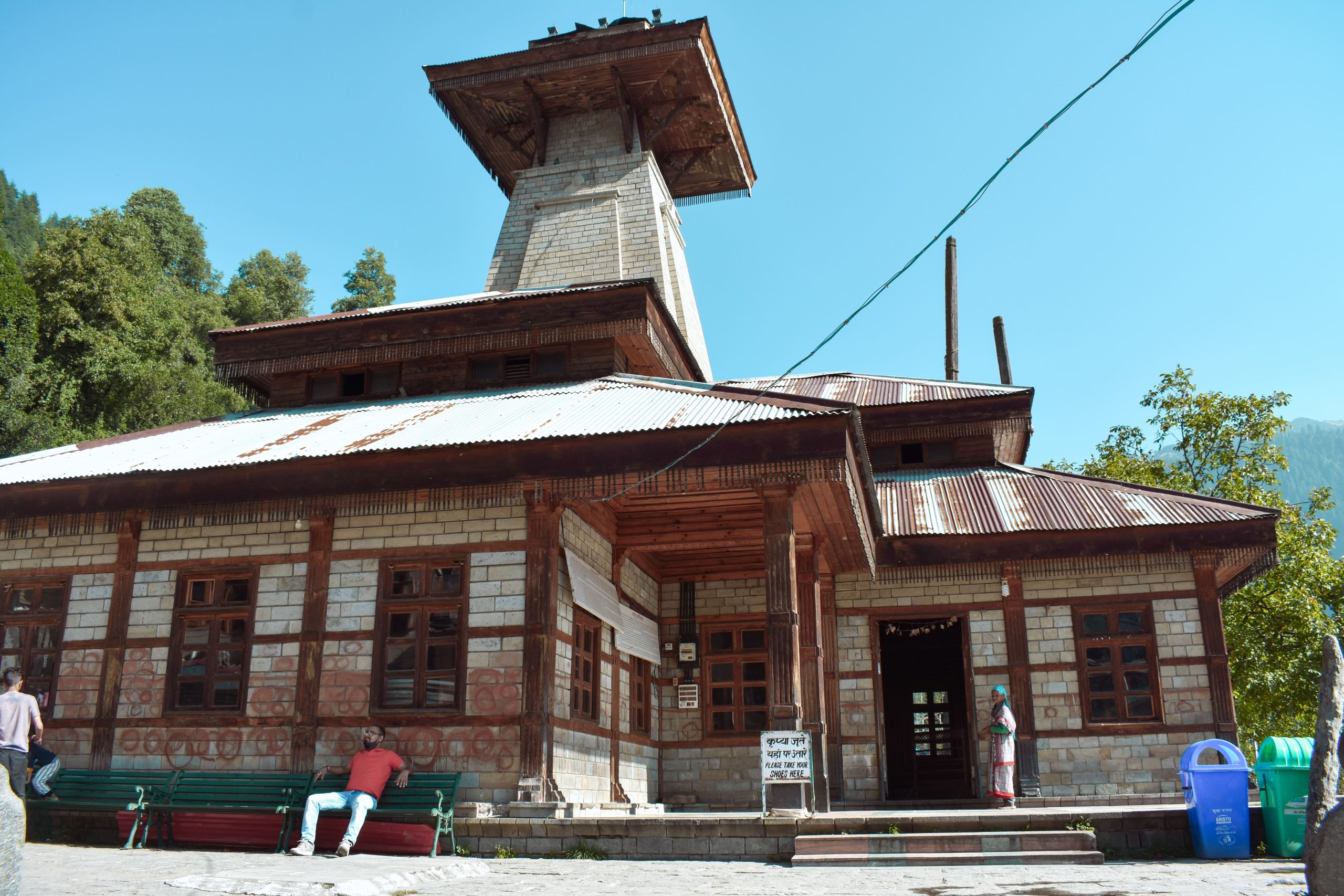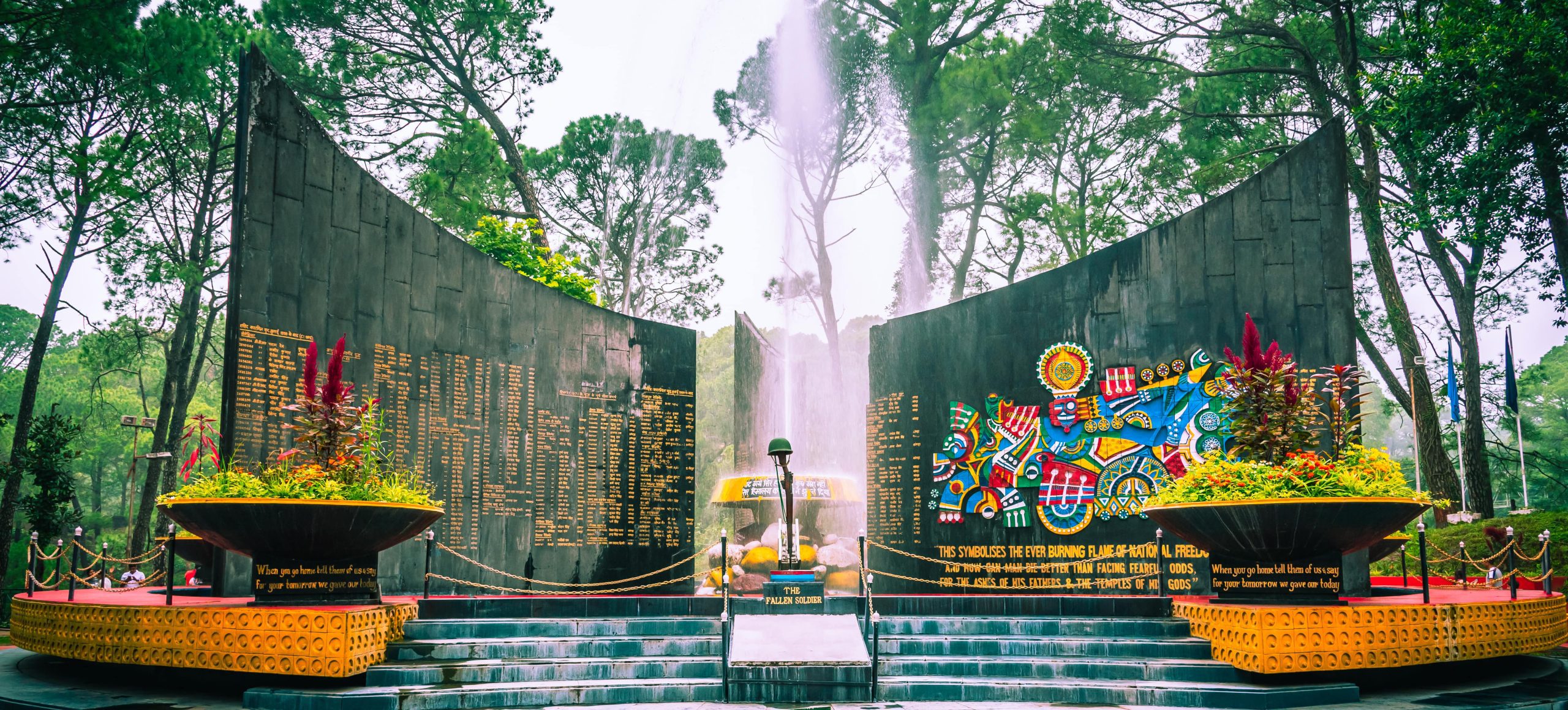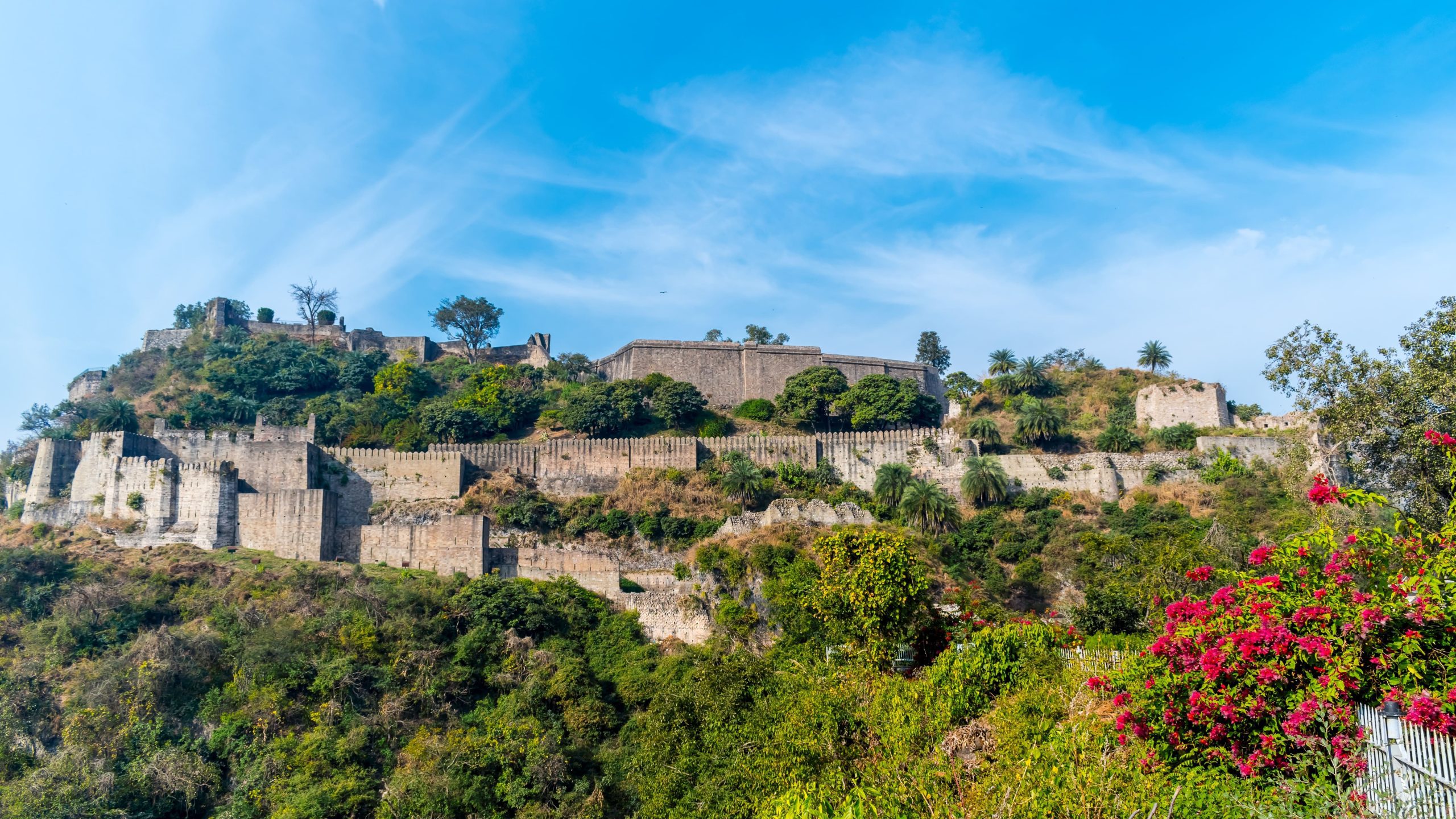The Stories
Dalai Lama Monastery
Dalai Lama’s Monastery / Temple (5 Kms/30 minutes) is the serene temple complex known for its ornamental facade, vibrant prayer halls & mountain locale. This temple is also called as Tsuglakhang Temple. Dalai Lama visits this temple twice or thrice every year to preach and bless. Thus, the temple gets its name as Dalai Lama Temple. If you are lucky enough to visit the temple during his visit, you can listen to his preaching. Very close to the residence of Dalai Lama, this temple stands as an important pilgrimage spot. This temple is famous for providing religious teachings. Dharamshala – McLeodGanj, has become known worldwide as the place of refuge and exile of His Holiness the 14th Dalai Lama. Given sanctuary by the Indian government upon his escape from Tibet in 1957, he was initially based in Delhi, and settled here with many other Tibetan exiles in 1959. His Holiness still continues his Buddhist teachings, remains committed to promoting the Tibetan cause, as well as issues of world peace, the environment and inter-faith dialogue. He was awarded The Nobel Peace Prize in 1988. Nowadays the area is home to some 20,000 Tibetan refugees as well as the Tibetan government in exile, located near the Tibetan library. Also, to be found at the north-western bottom of the Hill is TCV: Tibetan Children’s Village, a huge compound of a Tibetan school, ‘foster homes,’ hostels and monasteries, charitable institutions and Tibetan Handicraft workshops. His Holiness used to visit Eagles Nest in former days, walking up and enjoying a cup of tea at The Point. Latterly, the Prime Minister of the Tibet government in exile has also enjoyed the walk up and a cup of tea, as do many Tibetan monks and nuns, and fostered refugee children from TCV.
St John’s Church in the wilderness
St Johns Church in the Wilderness (5.2 Kms/ 30 minutes) is a Church of North India dedicated to John the Baptist built in 1852, at Forsyth Gunj. Set amidst deodar forest, and built in neo-Gothic architecture, the church is known for its Belgian stained-glass windows donated by Lady Elgin (Mary Louisa Lambton), wife of Lord Elgin.
Kangra Art Museum
Kangra Art Museum (8.7 Kms/ 40 minutes) is a treasure trove for all the creativity to come out of the Kangra valley. The Kangra Art Museum stocks various arts and crafts depicting the rich heritage of its people. With artefacts dating all the way back to the 5th century, make a trip and browse through some of their most famous miniature paintings, a rich collection of sculptures, pottery and otheranthropological objects. Housing shamianas and dresses that belonged to the area’s royalty, and even old carvings, coins, jewelry and manuscripts from back in the day, it’s a great way to take in the history. There’s even a specific section displaying the works of contemporary artists, sculptures and photographers and a well-stocked library just below.
Dharamshala War Memorial
Dharamshala War Memorial (11.9 Kms/ 45 minutes) is located at the entry point of Dharamshala town and it was built to commemorate the memory of those who fought valiantly for the honor of their motherland. This place is ideally located in the pine forest of Dharamshala and offers a very pleasant walk through the woods. There are two main attractions nearby the War Memorial-the beautiful GPG College Dharamshala, made during the British Era and a café serving fast food and beverages. During the operations of 1947-48, 1962, 1965, and 1971 and various peacekeeping missions, many soldiers lost their lives, and it was in their memory that the War Memorial was built with the names of those many heroes inscribed on the stone.
Kangra Fort
Kangra Fort (31.4 Kms/ 1 Hour 20 minutes) was built by the royal Rajput family of Kangra State (the Katoch dynasty), which traces its origins to the ancient Trigarta Kingdom, mentioned in the Mahabharata epic. It is the largest fort in the Himalayas and probably the oldest dated fort in India.





